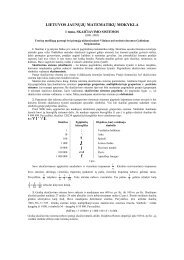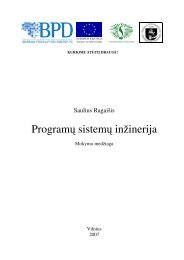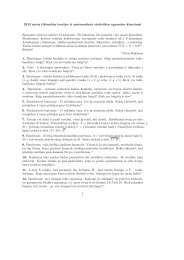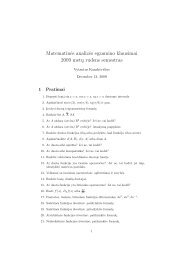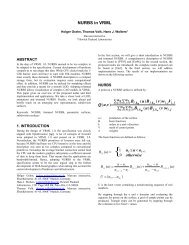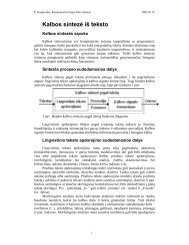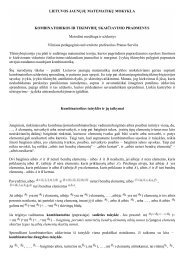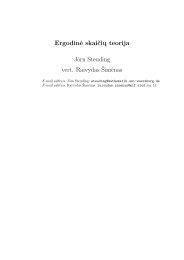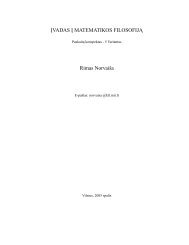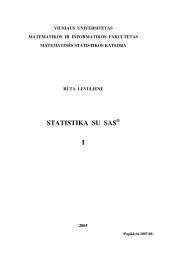Preprint
Preprint
Preprint
Create successful ePaper yourself
Turn your PDF publications into a flip-book with our unique Google optimized e-Paper software.
On the other hand, another natural question is: which of the two approximations (1.5) and (1.9) is betterin the overlapping range (for numerical purposes) when all parameters are given? Roughly, we see that(1.5) is preferable for large while (1.9) is better for small . More precisely, if ˛ 1, then p D n 1=2is the threshold of choosing (1.5) or (1.9), namely, if p n 1=2 then use (1.5), otherwise use (1.9). Notethat in either case, the error term is of order n 1=2 in the worst case, in contrast to (1.3) for which the errorterm is n 1=2 in the best case.When ˛ 2 .0; 1/, then by comparing the two error terms n .˛C1/=2 and p C p˛ 1=2 , we see that thethreshold becomes p D n .˛C1/=.˛C3/ , namely, if p n .˛C1/=.˛C3/ , then the error term .˛C1/=2 issmaller than that in (1.9), while if p n .˛C1/=.˛C3/ , then the use of (1.9) yields a smaller error than thatof (1.5). In either case, the worst error is order n .˛C1/=.˛C3/ .1.2 Poisson approximation to the Poisson-binomial distributionSimilar results as above can be obtained for the Poisson-binomial distribution. In this case, we haveS n WD X 1 C X 2 C C X n , where the X j ’s are independent Bernoulli random variables withP.X j D 1/ D 1 P.X j D 0/ D p j :Let k D P 1jn pk j for k 1. With this notation, we have E.S n/ D 1 and V.S n / D 1 2 . Forconvenience, we write D 1 . Let WD 2 =.Theorem 1.5. If 1=2 and ! 1, thend .˛/TV .L.S .1n/; Po.// D ˛ ˛/=2J˛./ 1 C O .˛C1/=2 C 1 ;where J˛ is defined in (1.6).Note that Theorem 1.1 is a special case of Theorem 1.5, and here plays the role of p.Theorem 1.6. If D o.1/ and K > 0, thend .˛/TV .L.S .1n/; Po.// D ˛ ˛/=2where T˛ is defined in (1.10) and WD C 3 =. 2p/.T˛./1 C O K C ˛ 1=2 :Note that the quantity becomes p C p 1=2 when p j D p for all j D 1; : : : ; n. Also the O-termtends to zero when ! 0 and ! 1; it is also infinitesimally small when ! 0 and K > 0because 3 =. 2p/ p2 = D p .The results of both theorems are new except for Theorem 1.6 in the special case when ˛ 1, whichis covered by Theorem 3 in Roos (1999). For earlier results for ˛ D 1 (with weaker error bounds),see [8, 12, 13, 18]; the optimal error term was first derived in [4] by improving the Stein-Chen method.Effectiveness of both results can be addressed as in the binomial case and is not given here (indeed allresults there hold by replacing p by ).1.3 Methods of proof and organization of the paperThe tools we developed are based on Fourier analysis with several new ingredients. They are general andapplicable to many other metrics. A brief discussion of the Kolmogorov distance and the point metric isgiven in Section 2.10. The main ideas of our proofs consist in deriving a few precise local limit theorems5




